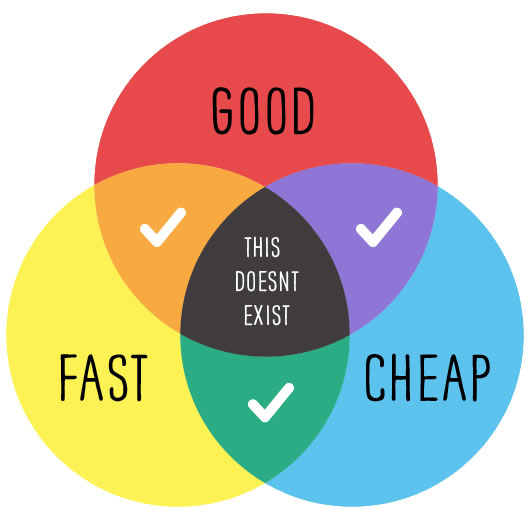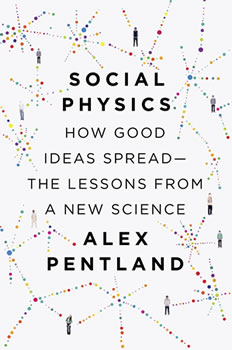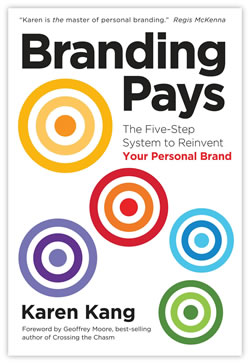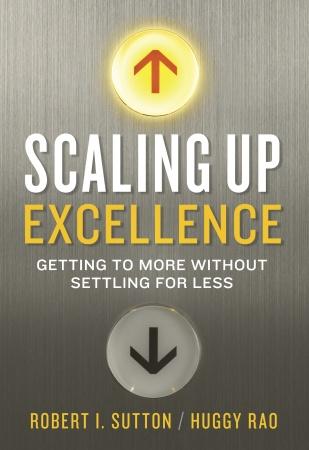 Is only way a company can keep costs down is to reduce the cost of labor? According to Zeynep Ton (a professor at MIT Sloan School of Management), it’s not a requirement – it’s a just a very bad choice.
Is only way a company can keep costs down is to reduce the cost of labor? According to Zeynep Ton (a professor at MIT Sloan School of Management), it’s not a requirement – it’s a just a very bad choice.
While reducing labor costs produces short-term benefits for share-holders, it will ultimately produce long-term negatives. People that are employed with minimal benefits, low wages, and poor schedules won’t be able to provide great good service, won’t follow corporate “best practice” procedures, and won’t have any job loyalty.
Instead, the author recommends paying well, scheduling well, and training well, based on 4 Business Operational Choices:
1. Offer Less. In offering a wide range of goods, your inventory becomes a risk: greater numbers unsold goods, goods that are lost in storage, and product choice overwhelm. With fewer choices, employees will be able to better recommend products in your inventory.
2. Standardize and Empower. Identify the best way to perform tasks and standardize them. Standardization makes training easier and provides consistency. Empower employees to go beyond the basic rules (based on their training) as needed, and improve the standardization as better opportunities arise.
3. Cross-Train. Train employees to do a number of related jobs well. For example, an employee that can operate a cash register, stock shelves, answer phones, and ship packages can flexibly adapt to the varying daily needs of a business. When fewer customers are around, employees can do other necessary work.
4. Operate with Slack. In trying to schedule the “right number” of employees for a shift, you’ll invariably have situations where not enough employees are available. Understaffing creates a drain on all aspects of the business. But cross-trained employees can adapt to providing the services that are needed.
Providing “good jobs” will have a long-term benefit your employees, customers, and investors.
If your company implements the Good Jobs Strategy, the slogan Fast, Good or Cheap. Pick two, will be obsolete.


 This article was inspired by Mark McClusky’s book Faster, Higher, Stronger, which showcases how athletic achievement is being transformed through a combination of improved science and technology.
This article was inspired by Mark McClusky’s book Faster, Higher, Stronger, which showcases how athletic achievement is being transformed through a combination of improved science and technology.
 This article was inspired by the book The Language of Food (by Dan Jurafsky) which not only provides a fascinating linguistic history of many food-related names (ketchup, entree, flour, salad, etc.) but also an insightful analysis of restaurant menus and potato chip bag advertising.
This article was inspired by the book The Language of Food (by Dan Jurafsky) which not only provides a fascinating linguistic history of many food-related names (ketchup, entree, flour, salad, etc.) but also an insightful analysis of restaurant menus and potato chip bag advertising. How do people really communicate and share ideas with each other? Researchers conduct lots of surveys. Experts share their “best-practices”. However, until now, it’s all been basically a little observation and a lot of extrapolation.
How do people really communicate and share ideas with each other? Researchers conduct lots of surveys. Experts share their “best-practices”. However, until now, it’s all been basically a little observation and a lot of extrapolation. Decisions based on data models are woefully incomplete – no matter how carefully we collect and analyze the data. What’s missing from the decision is our customers’ experiences. And the authors of this book (Christian Madsbjerg / Mikkel Rasmussen) claim that human sciences has the answer through the study of phenomena.
Decisions based on data models are woefully incomplete – no matter how carefully we collect and analyze the data. What’s missing from the decision is our customers’ experiences. And the authors of this book (Christian Madsbjerg / Mikkel Rasmussen) claim that human sciences has the answer through the study of phenomena. Whether you’re a job seeker trying to make yourself stand out, an employee wanting to become more visible, or a company looking to attract new clients – it’s vital that you brand yourself. Branding is making your competitive advantage crystal clear. And Karen Kang’s latest book clearly shows you the five steps to do it yourself:
Whether you’re a job seeker trying to make yourself stand out, an employee wanting to become more visible, or a company looking to attract new clients – it’s vital that you brand yourself. Branding is making your competitive advantage crystal clear. And Karen Kang’s latest book clearly shows you the five steps to do it yourself: In an ever-competitive business climate, how can organizations become ever more excellent? If you follow closely the usual best-practices, you’re likely to discover fundamental dilemmas. So, what’s a business leader to do?
In an ever-competitive business climate, how can organizations become ever more excellent? If you follow closely the usual best-practices, you’re likely to discover fundamental dilemmas. So, what’s a business leader to do? This book attempts to decipher how ideas go viral – seemingly spreading throughout our culture quickly, effortlessly, and best of all – inexpensively. Surprisingly, only 7% of word-of-mouth sharing happens online. The good news is these insights can be applied to your marketing efforts with a bit of extra work, by sprinkling in some of the following ingredients:
This book attempts to decipher how ideas go viral – seemingly spreading throughout our culture quickly, effortlessly, and best of all – inexpensively. Surprisingly, only 7% of word-of-mouth sharing happens online. The good news is these insights can be applied to your marketing efforts with a bit of extra work, by sprinkling in some of the following ingredients:
